Your vet might recommend a dog enema treatment to alleviate its condition. Whichever the cause, this treatment isn’t comfortable for your pet.
So, what to expect after a dog enema? Are there any side effects? What causes problems with your dog’s health?
Without further ado, let’s find out more about this topic.
IN THIS ARTICLE:
What To Know About a Dog Enema?
The enema treatment helps with bowel movements. This is a fluid that should be injected into a dog’s lower bowel through the rectum to soften the stool and brings relief to the dog.
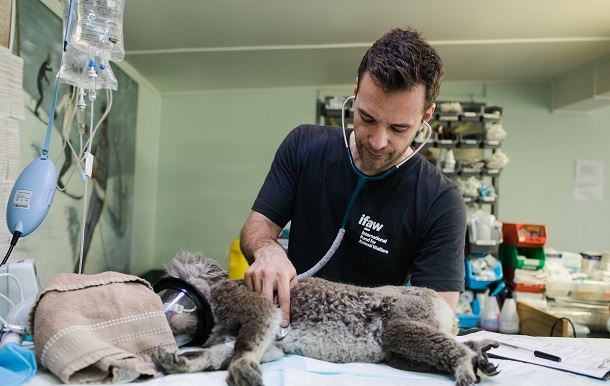

Emena must be applied only by vet, so avoid giving an enema to your dog at your home. It is possible to hurt your dog through the process. Your dog doesn’t understand what’s happening, he is in pain and doesn’t know what you are doing. It is best to take him to the vet and they will sedate him and do everything that’s needed to make this process easier for your pet.
Enema Procedure
Here we’ll explain what the enema procedure looks like.
Depending on your dog size, your vet will start with two to three tablespoons of warm water (for small breeds) or one pint of warm water (for medium and large breeds), then they will put a few drops of lemon juice, a few grains of sea salt and a pinch of potassium chloride.
Then the vet will mix the liquid thoroughly and fill the syringe or enema bag and lubricate the nozzle with oil. The vet’s assistant will hold the dog to be still during the procedure. The vet will gently grasp and lift the dog’s tail and insert the syringe or nozzle into the dog’s rectum. It is necessary to gently squeeze the plunger until all liquid is inside your dog’s colon. And that’s it – the vet will remove the syringe or nozzle and let the dog move. A bowel movement should start immediately.
Types Of Dog Enemas
Five different types of enema could be administered to dogs:
- Lactulose
- Mineral oil
- DSS
- Warm isotonic saline
- Tap water
But, don’t worry, before using any of these solutions, your dog will be sedated.
Which Conditions Require Using Enema?
Your dog may need an enema for various reasons. The most common one is to relieve constipation.


Constipation occurs when a dog cannot produce normal stool a day. Most constipation cases are easy to treat, however, the condition can easily become worse. Very serious constipation occurs when your dog eats something that he can’t pass out.
Other causes of constipation include medical issues (such as perineal hernia), obstruction of the large intestine, anxiety, lack of exercise, hormonal disease and prostate enlargement.
Also, an enema can help in replacing fluids if your dog is dehydrated from vomiting and diarrhea. Sometimes vets opt for enemas to give your dog certain medications.
How To Recognize Dog Constipation?
If your dog is healthy, he will pass stool at least once a day. When your dog struggle with constipation, you can often see him scooting and squatting. He will have difficulties with feces passing.
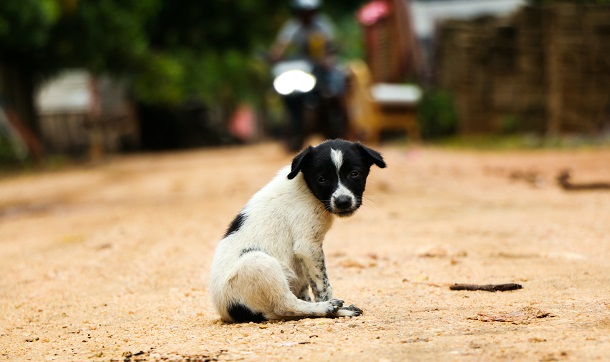

Other signs are lack of appetite, vomiting, weight loss, passing mucus, abdominal pain or back pain (try to touch his abdomen).
If you notice your dog doesn’t pass stool within 72 hours (from his last bowel movement) then it’s time to visit your vet.
How To Prevent Dog Constipation?
When your dog is prone to constipation, you can try to prevent that condition in the future.
First, listen to your vet’s advice. He/she might recommend a therapeutic diet, adding supplements or medications to the dog’s food, additional tests and treatments, etc.


As mentioned, the majority of dogs struggle with constipation due to eating something inappropriate. Remove small toys, watch him when you go for a walk and keep watching his bowel movement routine.
If your pet has difficulties with bowel movements, you can try these remedies:
- Pumpkin – This vegetable is well-known for its higher moisture and fiber content. Feed your dog with pumpkin puree and it will help him with indigestion. Mostly, dogs like the taste of pumpkin and will take it as treat.
- Canned food – Logically, canned food has higher moisture content than dry food. You can mix canned food with a dog’s regular meal and it will help regulate the dog’s digestive system.
- Exercise – Exercise will keep your dog fit, and healthy and support its digestive system.
- Stool Softener – Some dogs struggle with bowel movements more often than others. Your vet might recommend giving your dog some kind of stool softener to alleviate his bowel movements.
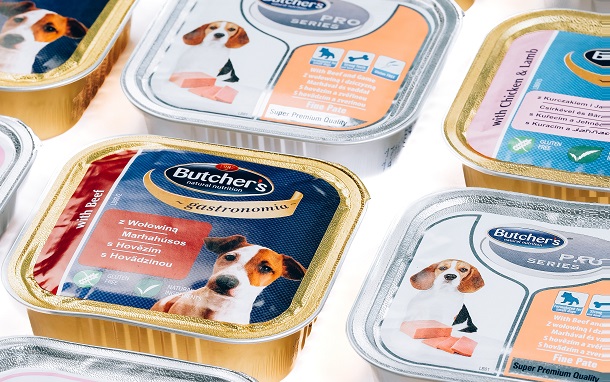

What Happens After Enema Is Given To The Dog?
When an enema is given to your dog, then a bowel movement should happen within an hour.
Right after your dog gets an enema, he should feel relief. This treatment will soften the stool and your dog will be able to pass stool easily.
Also, he doesn’t need time to recover but continue to monitor your dog’s behavior.


If everything is fine a few hours after treatment, your dog is probably okay and can get back to its routine within 24 hours. Most dogs will have a quick recovery after treatment has been done.
Benefits Of Dog Enema
A pet enema has many benefits and can help with many health issues.
Except for the mentioned constipation relief, in cases of dehydration, the dog’s colon will absorb fluids and stop fluid retention.
Also, it can help absorb electrolytes if your dog loses them due to vomiting or diarrhea.
Side Effects Of Enema
Unfortunately, there are some downsides to this treatment that may happen:
- Tissue damage – If the enema is set incorrectly, that can damage rectum tissue and cause perforated bowel.
- Infection – Also, if tools aren’t clean or the procedure isn’t done correctly, you can infect your dog and cause infections.
- Electrolyte imbalance – If an enema is used frequently, that can cause electrolyte imbalance in your dog’s system.
- Bloating and cramping – These temporary side effects can also occur.
- Vomiting – Your dog can experience vomiting if eats something inappropriate after an enema.
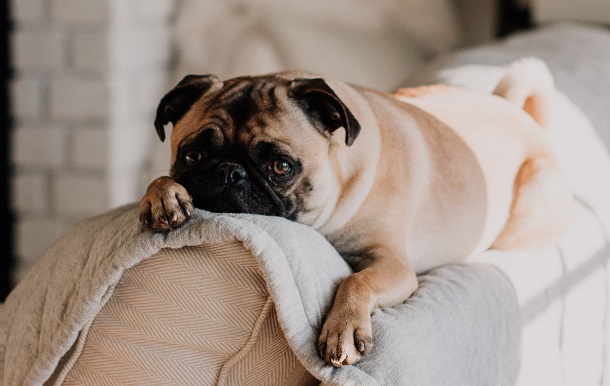

What If Enema Fails?
That can happen, too.
If the enema wasn’t successful and your dog still struggling and there is no bowel movement after 5 minutes or so, wait for an hour. If nothing happens, then the enema procedure fails and you should go to your vet again.
Then your vet can opt for extreme methods such as the manual extraction of feces. In that case, your vet will ensure rehydration for your dog, then sedate the dog and try to attempt manual extraction.
Don’t worry if your dog doesn’t poop regularly after enema reduced blockage. Period of 2-3 days is considered normal because the enema has cleaned all his intestines so there’s nothing your dog could throw out.
How To Feed Your Dog After Enema?
After the dog’s enema, you can offer him a different food to support his recovery.
Feed your dog with boiled chicken, beef or chicken broth and white rice for the next few days. Then give him some canned food or chicken baby food to wake up his appetite.
To Sum Up
It is essential to take care of your beloved pet and check his daily bowel movement. If he struggling with stool passing, enema is one of the best solutions. Never do it at home but take your dog to professionals. After enema, your dog will feel immediate relief and become a happy playful dog again soon.



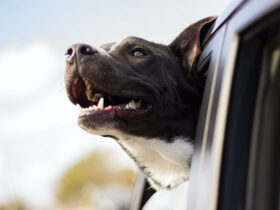











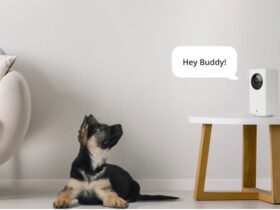
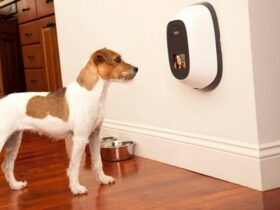

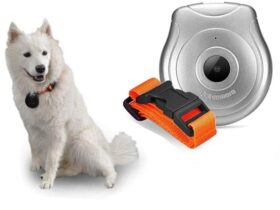
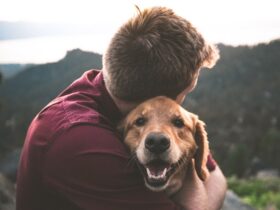



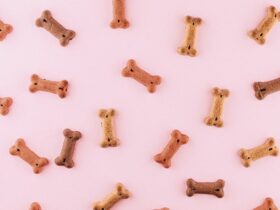
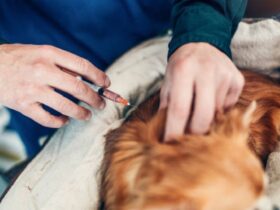
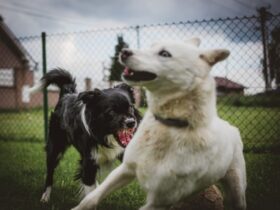

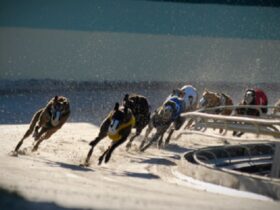

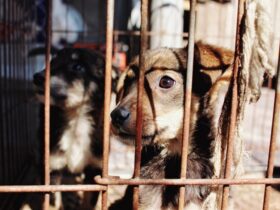

Leave a Reply